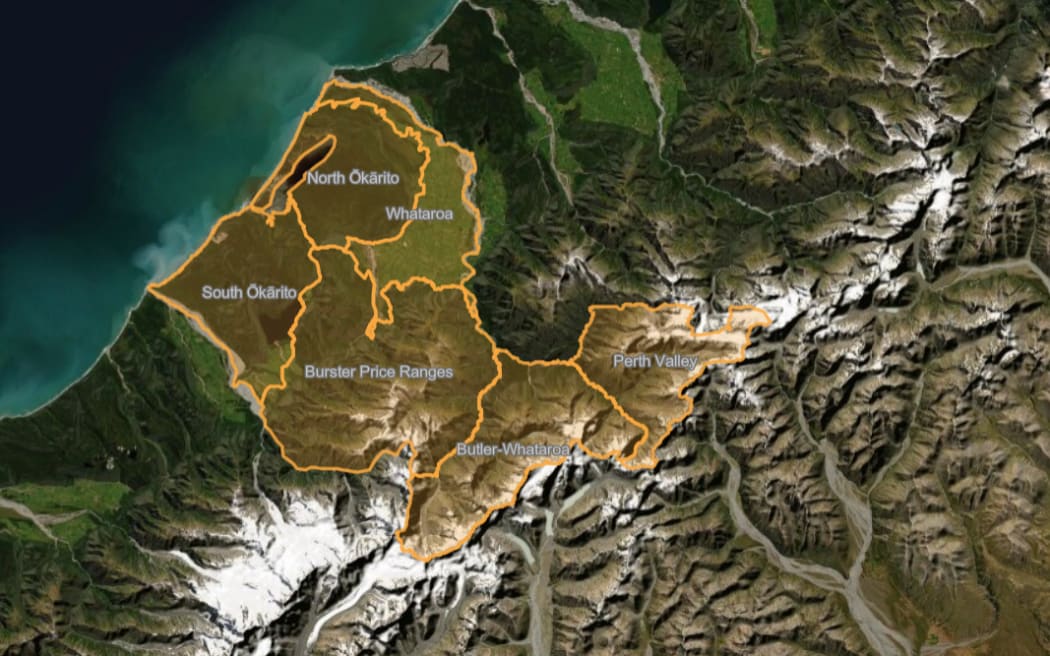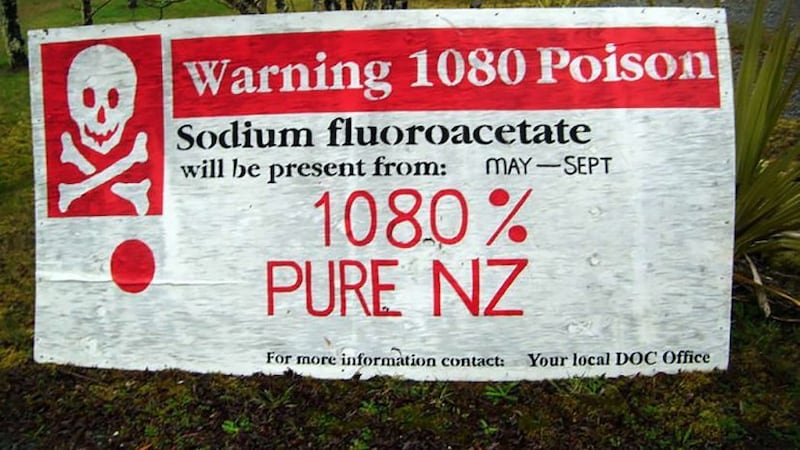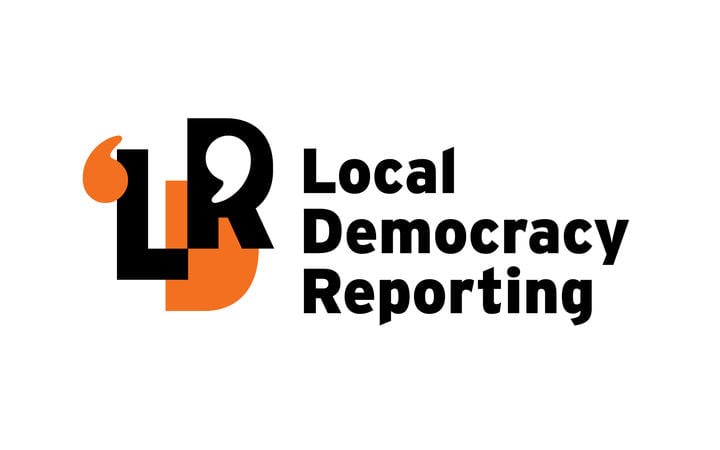The use of 1080 poison to control predators on the DOC estate is finite, the West Coast Conservation Board has heard.
The efficacy of using the poison with other pest control methods over time was well known but ultimately "is not sustainable".
Department of Conservation (DOC) Western South Island director Mark Davies made the comment in the context of a discussion at the West Coast Conservation Board in Karamea, including evidence from 1080 and non-1080 study sites, the aims of Predator-free 2050, and the wild deer problem in the region, amidst local concern about deer by-kill from 1080 poisoning.
DOC national predator control programme regional leader Tom Belton said there was significant concern on the West Coast about deer by-kill from 1080.
The department was getting "quite a bit of pressure" locally for the department to use a deer repellent in pest control areas to mitigate the problem.
Davies said the issue of using a repellent was "quite challenging" on the West Coast because a large proportion of the land area was National Park.
The department had a policy of not using deer repellent in national parks due to the underlying legislative framework for those areas.
"However, the emergent deer (population) is a problem," he said.
But the last thing DOC wanted in sowing poisoned bait for possums, rats and stoats was for non-target species to be also eating them, he said.
While 1080 was valuable the aim was ultimately to not be using it, and alternatives to the poison were being investigated.
"The cycle of repeat treatment over time is not sustainable."

The ZIP 100,000ha Predator Free 2050 project site in South Westland, bordering Whataroa to the northwest, and Franz Josef Glacier to the southeast. The original Perth River Valley project block is gradually being expanded, as shown. The project area has been broken down into manageable blocks to progress the predator free area. Photo / Supplied
The alternatives included the $35 million Perth Zip (Zero Invasive Pests) project area between the Whataroa and Waiho (Waiau) rivers headwaters, with a predator-free goal over 100,000ha within five years.
A combination of methods including 1080 were being used initially to reach the zero goal, before a transition to defensive management of the area.
"The picture looks very positive. We've got confidence in the methodology," Davies said.
"If you start to think of scaling that up to a Fiordland or a Kahurangi (national park), it's mind boggling. Finding a way to fund that is a bigger challenge."
Conservation board vice-chair and South Westland Predator Free board member Katie Milne said the question of keeping areas clear of pests was complex.
"How do you keep it clear forever? Going back all the time is not the answer."
However, the success of the Perth project using alternative methods was showing positive signs.
"The success we've seen, we want to go faster and faster," Milne said.
Davies said DOC was looking at the transition "from sustainable management to total eradication".
Board chairperson Dr Mike Legge said New Zealand was in a fairly unique situation in having to protect indigenous species given the introduction of predators.
He noted that the use of 1080 for predator control operations had improved.
"At some stage, we've got to say, is this the right way? Even in recent times, looking at the history of 1080, the rate has been reduced significantly (but) it is the most effective poison - animals die quickly."
He noted that roadkill possums seen in the past two to three years were now the exception.


